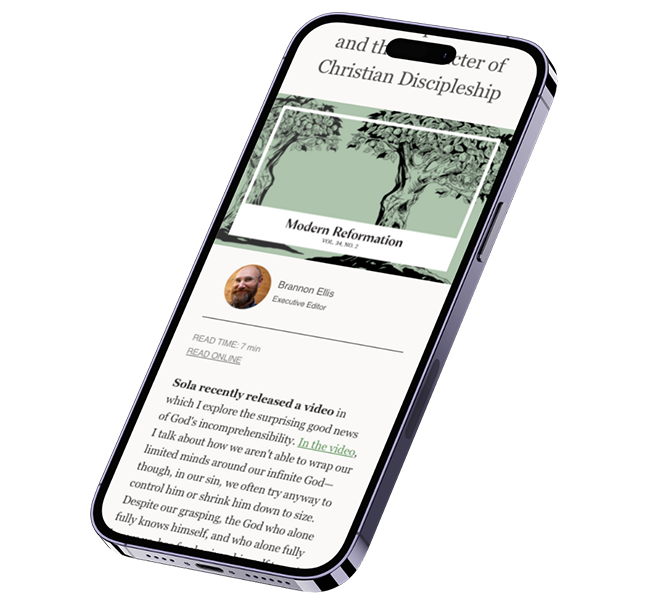The interest Christians have taken in Islam has a long and tortuous history, dating back as far as the seventh century. And the vast amount of literature generated over the centuries has, as literature does, given birth to a variety
of images of the Muslim world. None of it has been particularly flattering. Rarely has it been dispassionate and objective. Most of it has been dramatic if not overtly apocalyptic. And all of it has in one way or another influenced modern Christian thought about Islam. Several histories have been written detailing the European side of this history. Only recently, with the publication of Thomas S. Kidd's American Christians and Islam, has the American story been told.
The book begins with the colonial age when Americans were not necessarily "conversant with Islam" but still found the occasion to "converse about Islam regularly." The impetus for this was not from any interaction with the hundreds if not thousands of Muslim slaves from Africa, Kidd argues. Rather, it was the news that began to circulate in the late seventeenth century of the enslavement of North American merchants and sailors by the Barbary pirates.
Islam made its way into Christian discourse in other ways as well. A host of American theologians envisioned the Muslim world playing a vital role in the Last Days. They also made use of its theology by comparing it to Christianity to demonstrate the superiority of the latter.
Not surprisingly, given the geographical difficulties, there were no real attempts to address Islam with the gospel. This, however, does not mean the dream of Muslim conversion was lost on Americans. For example, in the late 1740s Jonathan Edwards (1703-58) began to take interest in success stories of overseas Muslim evangelism. This no doubt appeased his evangelical zeal, but more importantly it gave him (and others) hope that the millennium was nigh. He was convinced, he wrote, that the "full enlightening and Conversion of all Mahometan and Heathen nations" would precede the coming millennium, due to begin around the year 2000.
Various eschatological conceptions of Islam persisted into early national America. The historical growth of Islam was linked to the locusts emerging from the bottomless smoke-filled pit in Revelation 9:2-3, whereas its temporal political ascendancy, imminent decline, and eventual destruction were foretold in Ezekiel 38-39, throughout the second half of Daniel, and Revelation 16. William Miller (1782-1849) and the eponymous Millerites capitalized on this and even offered the specific prediction of 1843 being the year the Muslim world (along with the papacy) would collapse and Christ would return.
These and other bold predictions did not resonate well with nineteenth-century conservatives, but nor did it lead to more prudent interpretations of Islam. In fact, it led many, including C. I. Scofield (1843-1921), to reconsider their interpretation of the chronology of Revelation in relation to the Muslim world. Not only did he and other dispensational-premillennialists began to see the majority of Revelation (particularly after chapter 4) as events that would take place in the future, but they also began to focus on the restoration of Israel in the midst of Muslim Palestine as an integral component of the drama of the apocalypse.
Kidd's careful and comprehensive narration of these subtle yet significant theological developments is complemented by his treatment of other contributing, sociopolitical factors. He goes to great length to detail how the wide variety of nineteenth-century publications on Muhammad, Islamic theology, and American captivity at the hands of the Barbary pirates in North Africa perpetuated particular diabolical images of Islam.
Curiously, about the time that U.S. Marines broke the back of the North African corsairs and their patrons along the southwestern shores of the Mediterranean (particularly-as the "Marine's Hymn" goes-on "the shores of Tripoli"), Kidd explains that American evangelicals finally began to address the prospect of sending missionaries to the Muslim world. He traces this development from the original missionaries sent to the Middle East who ended up directing most of their efforts to Eastern Christians, to a chapter-length treatment of America's first serious scholar of and "apostle to Islam," Samuel Zwemer (1867-1952). He and his colleagues were filled with zeal for the evangelization of the 200 million Muslims scattered across the world, and were optimistically hopeful that, as Zwemer wrote in 1907 (evincing his postmillennial leanings), Islam was "doomed to fade away in time before the advance of humanity, civilization and enlightenment."
The history of the Muslim world through the remainder of the twentieth century proved otherwise. Despite numerous signs that various millenarians took as evidence Islam was in a perpetual state of decline-such as the collapse of the Ottoman Empire after World War I, the growth of Zionism, and the return of Israel-Islam did not "fade away." Zeal for bringing the gospel to Muslims didn't either, but what Kidd observes is that the concept and attitude toward such an enterprise went in a host of different directions. Liberal Protestant denominations largely "abandoned the quest to win converts," while conservative evangelicals of every stripe retained Zwemer's missionary zeal, although they didn't necessarily share his optimism.
Evangelical views of Islam and the events occurring in the Muslim world during the twentieth century were not really pessimistic either. Rather, they were extremely apocalyptic. Titles such as Martin DeHaan's The Jew and Palestine in Prophecy (1950), Wilbur Smith's Israel/Arab Conflict (1967), Hal Lindsey's Late Great Planet Earth (1970), and others flooded the market. Among evangelicals, apocalypse was in the air, and this heightened American sensitivities to the growth of Islam both at home and abroad.
Kidd concludes his book by tracing the growing awareness and concerns evangelicals have had with the presence of Islam in America, from an American-born former Presbyterian named Mohammad Alexander Russell Webb (1846-1916) through the rise of the racist quasi-Muslim Nation of Islam, to the existence of a host of immigrant families and Muslim organizations scattered across the nation. Then he covers missiological and eschatological thinking about Islam prior to and immediately after the events of September 11, 2001, showing the great diversity, increased sophistication, and wide array of opinions on Islam exhibited in contemporary Christian literature. As Islam continues its slow but steady growth in America, evangelicals of whatever stripe would be wise to consult American Christians and Islam, particularly as they continue to seek ways to approach Islam with sobriety and faithfulness.






